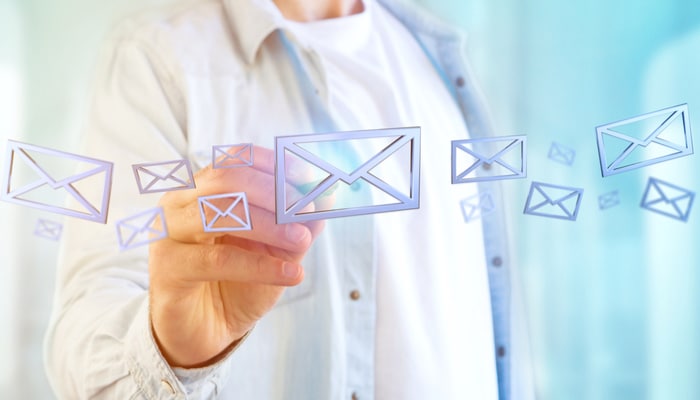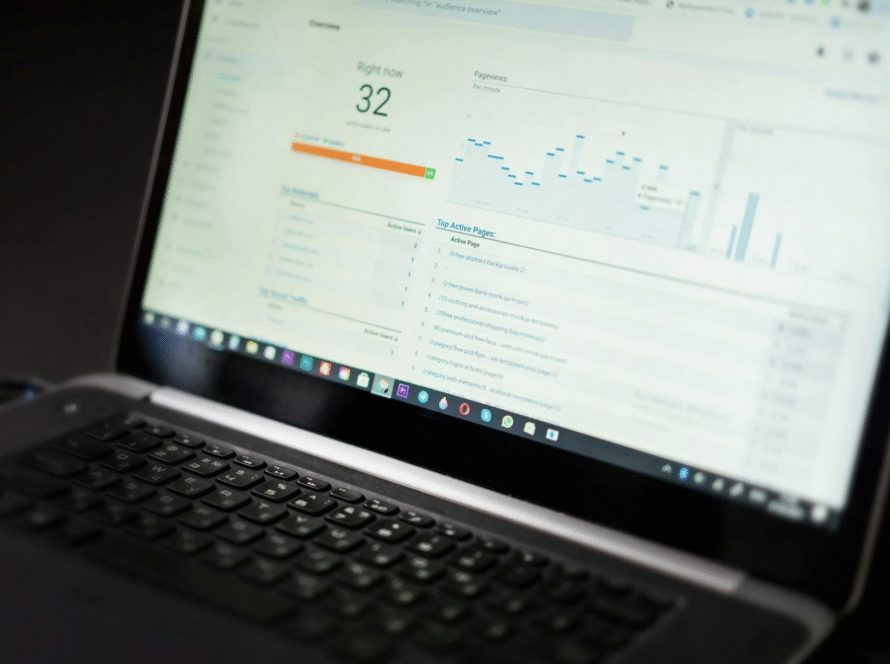Giving your email address to a company carries the same fear as giving out your number at a bar. Even if you liked the person initially, there’s always the risk he or she will call and call and never take a hint.
Too many companies are sending emails like the creeps who keep calling even after being rejected. They’re flooding inboxes with content that does nothing to improve the customer experience.
The way to change that trend is to build a foundation of context. Context takes “right message, right person, right time” to a whole new level. It forces you to approach subscribers in such a way that they actually appreciate hearing from you.
Surprise and Delight with Your Emails
Every morning, I get an email from What to Wear Daily that tells me what to wear for that day’s weather. I provide data upon signing up — a range of temperature thresholds for when I feel comfortable exercising outside — and the email shows which times in the day fall within that range.
I love getting that email because it legitimately helps me prepare for my day. It might not be hard to check a forecast and know that I should dress warmly on a cold day, but the breakdown of different factors and expected timeframes makes my life simpler.
All marketing emails should do the same. Be genuinely helpful so consumers actually like hearing from you. It builds trust, and when customers trust you, they become loyal and view you as a partner or friend rather than a business that just wants something from them.
Without understanding where and how your users read your emails, you’re unlikely to create this kind of positive experience. Here are four questions to ask that will determine how to approach your subscribers:
1. What are your users trying to accomplish?
Unite your needs with those of your users.
When I first got a Karma Go hotspot device, I used it a ton on the first day. A few hours in, Karma sent me an email warning me that the battery was running low and I needed to charge it. They knew that I, as a new user, might have been upset if the device had died while I was using it and they knew that I probably needed a reminder to plug it in.
It was a genuine — and mutually beneficial — customer support experience. Karma united my needs (to charge my device) with its needs (my using the hotspot) to be useful and enhance my experience.
2. Where are your users?
Literally, where are your customers physically going to be when they open your emails? Commuting on the subway? Standing in front of an ATM? At home?
Bank of America gives you the choice of a paper or email receipt at the ATM. If you choose to email, though, it sends a barely legible (on a phone, at least) email receipt. If you’re going to send an email to users when you know they’re not home, that email should be optimized for mobile.
3. Where are your users in their journeys?
You need to understand users’ histories with your company and any expectations they might have from your email marketing program. Are your users new sign-ups from social media, are they long-term customers who make frequent purchases or did they meet you at a trade show? Each of those experiences can give you clues about what your users expect from your marketing and how you can tailor it to meet their needs.
4. What devices are your users on?
People have different expectations for different devices. People checking emails on their phones probably don’t have as much time to follow through with registration as if they were using their desktops.
Scott Stratten tells a story (with much frustration) about getting an email on his phone that contained a QR code. You can’t use your phone’s camera to scan its own screen!
The point is, don’t use technology just because it exists. If it doesn’t enhance the user experience, it’s counterproductive.
To avoid frustrating your subscribers, sign up for your brand’s emails and purchase your products yourself. Emulate your target users’ experiences. Are they pleasant and helpful or confusing and annoying?
In 2013, Jack Dorsey (founder of Square and Twitter) advised tech companies to “meet customers where they are.” His advice, which was intended for entrepreneurs, also applies to marketers and emphasizes the need to consider the context when creating meaningful interactions.
Take Dorsey’s advice a step further. Meet customers where they are, but also contextualize that information and anticipate what they’re using, what they’re trying to do, and where they’re going to be.






